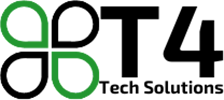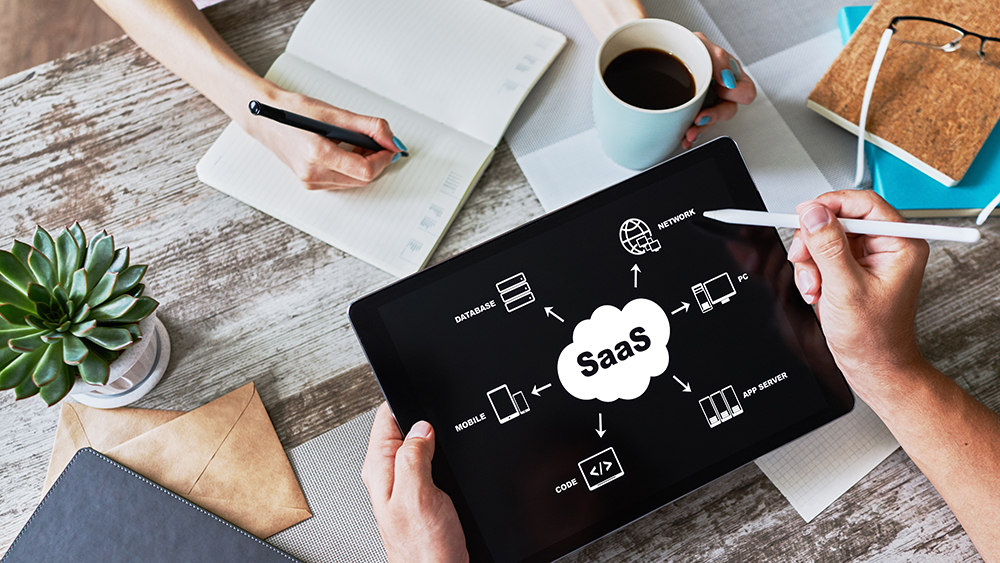Software-as-a-service (SaaS) applications have been gaining popularity in the last decade, as users increasingly lean towards connecting to and using cloud-based applications over the Internet. With SaaS, you no longer have to worry about the many headaches of installation and maintenance of a software application because your service provider will do that for you. Hence, the revenue of worldwide software-as-a-service applications has reached $152 billion in 2021 and by 2025, 46% of the world’s stored data is expected to reside in clouds. With such rapid growth, businesses are likely to experience hurdles not only maintaining operational efficiency but also ensuring privacy and security of the data.
SaaS Risks
A rapid increase in SaaS adoption comes with security and privacy concerns. According to research conducted by Gartner, SaaS sales representatives reported difficulties persuading customers about reliability and security of SaaS services. And although SaaS providers have significant business incentives to collect data from users to improve functionality and customization of their applications, improving user privacy is of utmost significance.
Cambridge Analytica scandals, where tens of millions of Facebook profiles were harvested without the consent of the users and used for political advertising, showed us that even companies that have internal authorization processes for data collection are at risk. Facebook (now Meta) owns its private data centers but allows third-party developers to host their applications on private services like AWS. As a result, 540 million records and 146 gigabytes of user data were publicly leaked on AWS. After this, Facebook upgraded its privacy settings, allowing users to control their privacy.
Another challenge that SaaS companies face is establishing competitive advantage. Because SaaS companies are in charge of their clients’ IT management, they will need to hire more non-R&D IT workers than their rivals. Additionally, customer approval of SaaS companies is generally low. Many new SaaS companies struggle to comprehend the important messages to put forward and how to convey the value of their SaaS service in the face of competition from non-SaaS incumbent competitors.
Is My SaaS Secure?
Cambridge Analytica scandals involving Facebook showed us that security and privacy are to not be overlooked. In order to prevent another scandal that permanently damages the reputation and credibility of the company, organizations must take precautionary measures.
Here are 4 best practices when it comes to maintaining security of your SaaS.
1. Enhanced Authentication
Two-factor authentication protects user data much better than the strongest single password. Even if hackers were able to get a hold of your credentials, they will not be able to pass through that additional layer of security.
2. Data Encryption
Whether symmetric or asymmetric, data encryption uses cybersecurity to defend from cyberattacks, including malware and ransomware.
3. Compliance Audits
Compliance audits are always necessary to ensure that your organization is in compliance with applicable laws, rules and regulations. Now, more than ever, it is crucial that organizations defined by the government as “critical infrastructure sectors” comply with the new Cyber Incident Reporting and Critical Infrastructure Act. Check out this article {insert link when posted} to learn more about CIRCIA and/or sign up for our compliance audit here.
4. Vendor Security Assessments
Vendor Security Assessments help assess if a cloud vendor is as careful with your data as you are. Just because you are careful with your data because you care about your customers and your company’s reputation doesn’t mean that your vendor will do the same. Vendor Security Assessment helps ensure that it’s not the case.

